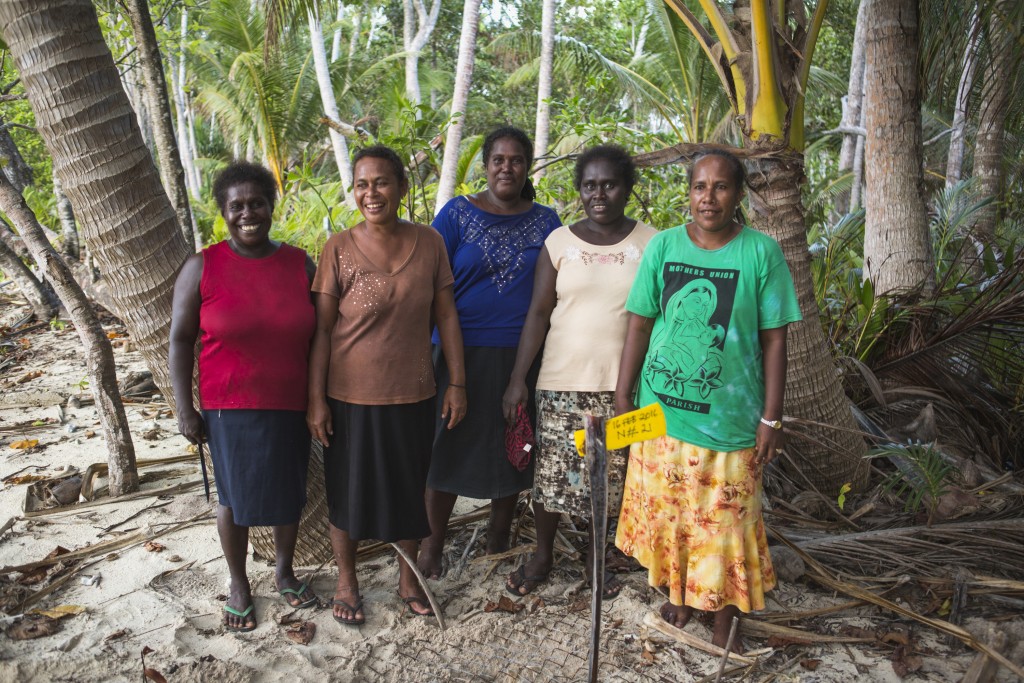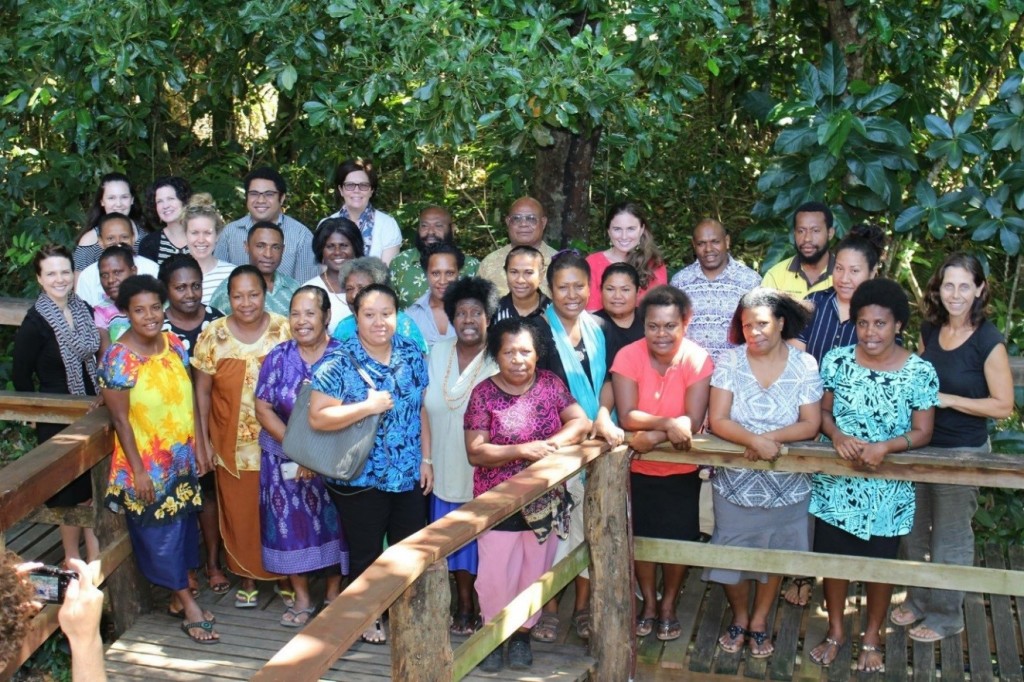Gender Equity
Best Practices for Addressing Gender Equity in Blue Carbon Projects
What is Gender? ref
Gender is more than biological differences between men and women, boys and girls. Gender defines what it means to be a man or woman, boy or girl in a given society, and refers to the social differences between men and women that are learned, and though deeply-rooted in every culture, changeable over time, and have wide variations within and between cultures. “Gender” along with class, race, and other social factors, determines the roles, power and resources for women, men, boys and girls in any culture, as individuals have different access to economic, social and political opportunities, and what status they hold within economic, social and political institutions.
Why Integrate Gender into Blue Carbon Projects
- helps to ground the project in a good understanding of the local context, existing vulnerabilities, and capacities.
- helps to ensure project activities are relevant to both men and women in different social settings.
- helps practitioners and communities understand why and how gender groups can play different roles in managing marine resources, can be vulnerable to changes in marine resource use in different ways, and how this can change over time.
- helps to ensure decision-making power is more equally distributed between different social groups.
- is necessary to contribute to the transformation of long-standing, deeply-rooted barriers to development
There is growing evidence that integrating gender into conservation projects can increase the benefits of conservation for all people and nature. It is important to look for opportunities, not only to empower vulnerable groups, but to provide a space to share knowledge, perceptions, and experiences, and to avoid exacerbating existing inequalities.

KAWAKI women at the Arnavon Community Marine Conservation Area in the Solomon Islands. Although men from local communities have been involved for 20 years as community conservation officers, women are just beginning to have a formal role there. KAWAKI was formed with the vision of uniting women around conservation, culture and community to create a better future for their children. Photo © Tim Calver
As with any development or conservation intervention, unless efforts are made to deliberately engage women as well as men, there is a tendency for women to be left out of consultation, planning and management, which can in turn amplify existing gender inequalities. Efforts to improve the management of blue carbon ecosystems such as mangroves, are no different. For example, there is evidence that women depend upon mangroves more than any other user group, ref and are particularly dependent on the services they provide, such as firewood and near-shore fisheries, to support their livelihoods. While it is critical that women are engaged and empowered to participate in planning processes and make decisions about the management of their mangroves, this is often not the case.
In order for processes to be truly participatory and to facilitate inputs equally from both women and men, there are several potential barriers to women’s participation that need to be addressed; these can include lower rates of literacy in women in some countries, increased difficulty with travel to attend participatory workshops (e.g. from a safety or cost perspective) or potential clashes between the timing of such events and duties for which women typically bear a greater proportion of the household responsibility (e.g. in relation to childcare, elder care, etc.). Moreover, once blue carbon projects are operational and generating funding through the carbon market, there is also a risk that the distribution of these benefits will be inequitable, including access to decision-making opportunities about how these funds are allocated, as well as access to the funds themselves. This phenomenon has been reported in relation to REDD+, ref and can be expected in the blue carbon context as well.
In 2017, a Blue Carbon Code of Conduct was developed. The Code of Conduct describes behaviors that can help to ensure inclusive and equitable access and benefit sharing irrespective of gender, ethnicity, ability, age, language, religion, socioeconomic status or nationality. The Code of Conduct is a voluntary commitment however, and more work is needed to increase awareness of the risks of failing to ensure blue carbon projects are gender-responsive and adequately consider the different needs, strengths and perspectives of men and women, and vulnerable groups.
Good Practices in Planning and Designing Initiatives for Gender Equity
- Analyze gender and other influences on power before, or in the early stages of planning blue carbon activities to ensure a solid understanding of the different levels of power, vulnerabilities, knowledge, and capacities in the community
- Collect sex disaggregated data for project activities/evaluation
- Analyze drivers of change in gender roles and relations – how power dynamics shift in response to the pressures and stresses of climate change, and other factors, over time
- can be achieved in the context of a standalone gender analysis, or by integrating gender into climate vulnerability and capacity analysis (or similar exercises) early on, or as early as possible
- Ensure gender considerations are included at all stages in the project cycle: Tailoring methods and tools to the local context, ensuring that are appropriate for responding to local gender dynamics
- Facilitators need to be aware of power dynamics and whose voices may not be heard or who may not raise their voice, and find ways to address power imbalances in representation
- Safe spaces (sometimes women-only spaces) should be created right from the beginning
- Identify steps to profile both men and women equitably in project communications
- Assess potential project partners in terms of gender-related qualifications and experience
- Together with project beneficiaries, design and develop a system to ensure that project benefits (including decision-making opportunities, training, and financial flows) benefit women and men, and vulnerable groups, equitably
Moving from “Gender-sensitive” to “Gender-transformative" Approaches
The primary objective behind gender mainstreaming is to design and implement development projects, programs and policies that:
- Do not reinforce existing gender inequalities (Gender Neutral)
- Attempt to redress existing gender inequalities (Gender Sensitive)
- Attempt to re-define women and men’s gender roles and relations (Gender Positive / Transformative)
The degree of integration of a gender perspective in any given project can be seen as a continuum (adapted from Eckman, 2002; in UN Women):
Resources
Gender Equality & Women’s and Girls’ Empowerment
Building Resilience to Environmental Change by Transforming Gender Relations
No Accident: Resilience and the Inequality of Risk
Adaptation Good Practices Checklist
Enhancing Resilience through Gender Equality
Tools and Resources to Support Gender and Resilience Programming
Understanding Gender in Community-based Adaptation: Practitioner Brief
Pacific Climate Change Coalition Gender and Climate Change Toolkit
Gender-sensitive Climate Vulnerability and Capacity (GCVCA) Assessment Handbook
Gender Equality, Women’s Voice and Resilience: Guidance Note for Practitioners
Gender Dynamics in a Changing Climate

